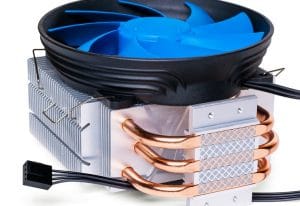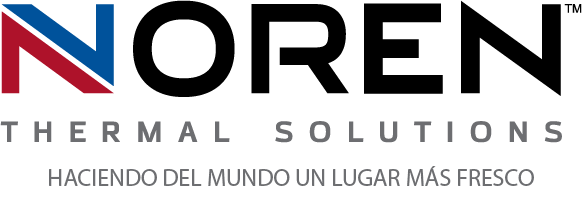 While there have been several particular advancements in technology over the last few decades, some of them have been much more impactful than others. For example, advancements in the realm of electrical thermal management haven’t always seemed significant, but in most industries, they’ve paved the way for advancement in several other areas. In many instances, that advancement has taken the form of modern heat exchangers, which transform the way companies approach the concepts of electrical cooling. Though the changes may not have seemed significant at first, the incredible advancement of electrical thermal management has been a substantial evolution in many different ways.
While there have been several particular advancements in technology over the last few decades, some of them have been much more impactful than others. For example, advancements in the realm of electrical thermal management haven’t always seemed significant, but in most industries, they’ve paved the way for advancement in several other areas. In many instances, that advancement has taken the form of modern heat exchangers, which transform the way companies approach the concepts of electrical cooling. Though the changes may not have seemed significant at first, the incredible advancement of electrical thermal management has been a substantial evolution in many different ways.
The need for electrical thermal management
Electrical thermal management is a fundamental process for companies that utilize technology for virtually any reason. It involves the systematic cooling of electrical enclosures, which house sensitive electrical components that constantly give off waste heat. The need for electrical thermal management stems from the fact that such components must be enclosed for optimal safety. The same enclosure also traps the waste electrical components emit, and without an adequate solution for eliminating the waste heat, it can quickly damage the components it comes into contact with. This has always been a concern for companies as they implement increasingly more advanced technologies.
Traditional solutions that chill enclosures
When the technological revolution of most industries first got underway, the thermal management solutions that most forms of technology relied on weren’t exactly considered efficient. Utilizing multiple air conditioners or air compression units to prevent electrical overheating of multiple systems could get costly. However, it was necessary, as companies didn’t have any other affordable options for cooling their new technologies. Despite being necessary, older cooling solutions also proved cumbersome in several ways, including placing burdens on companies’ overall energy expenditure, maintenance and repair budgets, and more.
More advanced heat exchangers that transfer heat
Today, companies have more and better options for their electrical cooling needs that outperform more traditional methods in several different ways. For example, most companies today rely on thermal solutions that transfer electrical waste heat instead of generating chilled air. The process of heat transfer involves using an eco-friendly cooling fluid to absorb waste heat. The fluid flows through the heat exchanger to transfer the heat away from sensitive electrical components, preventing it from leading to damage.
For more information about the advancement of electrical thermal management, call Noren Thermal Solutions in Taylor, TX, at 866-936-6736.







